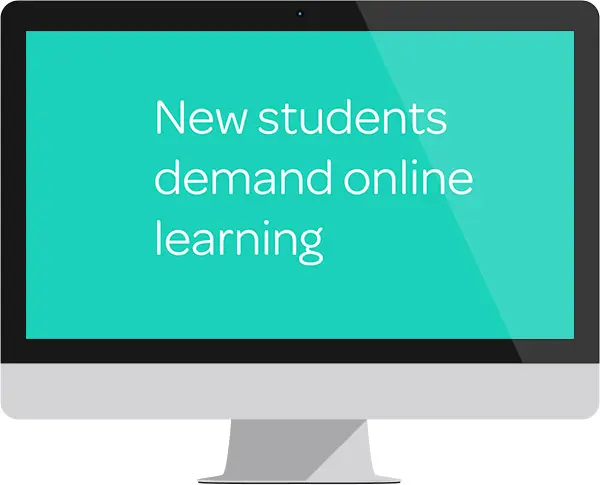
As Higher Education chiefs wrestle with higher students costs, increasing student numbers make sense financially. But how is the quality of education protected and enhanced if the numbers keep getting bigger and bigger?
The latest MOOC research coming out of Harvard and MIT poses some interesting questions.
The research was conducted into the 17 EdX MOOCs offered by MIT/Harvard in 2012/2013. Learning from these MOOCs shows how much more discovery there is to do; “It’s reaching a completely different set of students, with different intentions, perhaps, and different ways of seeing the instructors and the content of the course,” said Isaac Chuang, a professor of physics, electrical engineering, and computer science at MIT.
In future studies researchers hope to classify registrants according to their reasons for taking a MOOC. Andrew Dean Ho, an associate professor in Harvard’s Graduate School of Education and director of the university’s MOOC research, stated: “we can judge the impact of these courses in terms of what students expected to get out of them”.
MOOCs attract people, many of whom already have a degree. This is a large potential pool of new students well worth investigating further as they may go on to enroll in paid courses. To truly move forward, Higher Education institutions must understand how people like to learn and how to better personalize their journey. Closer evaluation of MOOCs could provide keen insights.
It would appear a series of MOOCs could be recruited and run for the purpose of evaluating different styles/ways of learning from a cross section of people actively recruited because of their demographic ‘fit’ to the general population. The current MOOC audience is not generally representative of the population at large.
By Pat Moores
